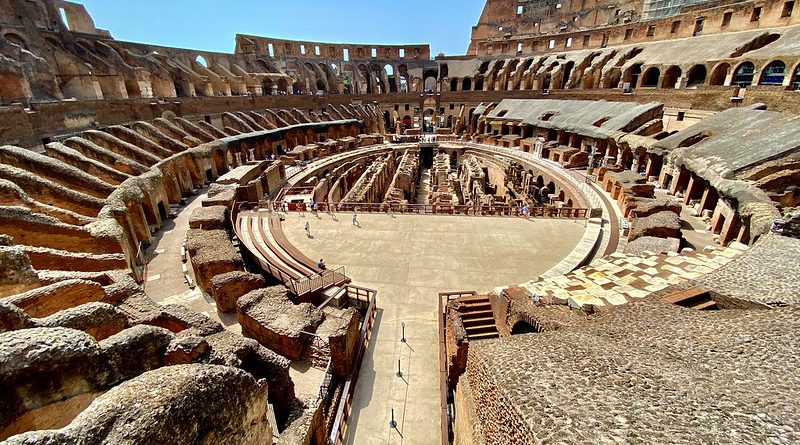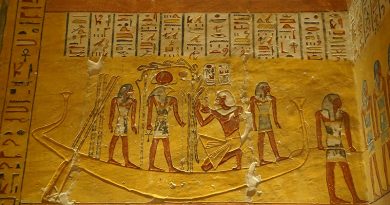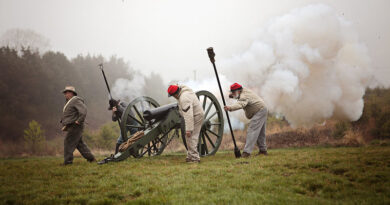Gladiator: Doing Battle in the Colosseum
History Facts
Where: Rome, capital of Italy
When: 1st century AD
History: Site of Roman Empire’s epic and gory Gladiator games
Go there for: A glimpse into a ferocious and heroic distant past
The amphitheatre was the centre of entertainment in Roman times and there were over 350 of them dotted across the Roman Empire. The Colosseum in Rome is the biggest and most famous. It could seat over 80,000 people, a bloodthirsty audience who liked nothing better than watching the gladiators fight it out to the death.
What’s the history here?
The Colosseum was the stage for some of the Roman Empire’s goriest excesses. Gladiatorial games originated as part of Roman funerary ritual, but the government realised that staging bloody events as entertainment would keep people used to the sights of war and death, which were an everyday reality in the Roman Empire. Emperor Vespasian began construction of the Colosseum in 72AD, and the first games were held in 80AD by his son Titus. They lasted for 100 days and nights, during which 5,000 animals were slaughtered and 9000 gladiators engaged in bloody combat.
The gladiators were slaves, criminals and prisoners of war from all over the Empire who were taken to special training camps and taught how to fight. As they entered the amphitheatre they passed before the Emperor, greeting him with the ominous words ‘We who are about to die salute you’. They fought on a stretch of sand which formed the arena, and sometimes the amphitheatres were even flooded to recreate a sea battle, with crocodiles in the water to eat the people who fell over board.
When a gladiator begged for mercy his fate was in the hands of the crowd. If the crowd thought he had put up a good fight they would raise their thumbs and he’d be spared to fight another day. If they didn’t, they would lower their thumbs and he would be killed by an official dressed as Charon – a beaked demon from the underworld. The official would check that the gladiator was dead by poking them with a red hot iron, and while the trumpets played the body was dragged out of the arena.
What’s there to see and do?
– Although gladiatorial games are no longer staged at the Colosseum, visitors to Rome can still take a tour of the ruins of the amphitheatre, which has been damaged by several earthquakes throughout history. It’s currently undergoing a major restoration programme which is expected to be completed in 2004.
– Re-enactment society Collegium Gladitorium stages mock gladiatorial games several times a year at the Roman amphitheatre at Acquincum, Hungary. They also run a training school called Ludus Magnus to teach people gladiatorial skills.
– The National Museum of Rome has a number of mosaics, friezes & tiles depicting Gladiatorial Games. There’s also some works of art with gladiatorial themes at the Vatican Museum and Tripoli Museum.
MORE INFORMATION
Roma 2000
Useful database listing all the museums in Rome.
Collegium Gladiatorium
Homepage of the Hungarian re-enactment society.
By Jess Halliday




